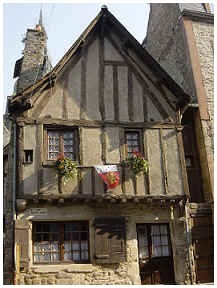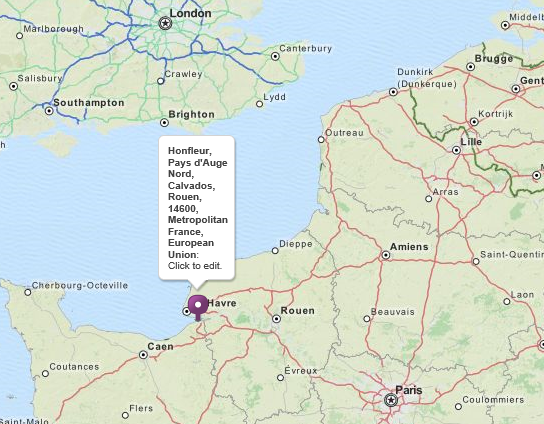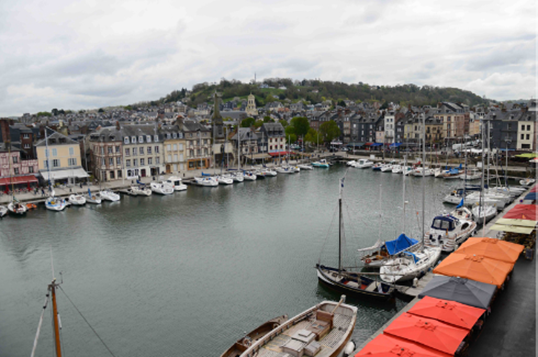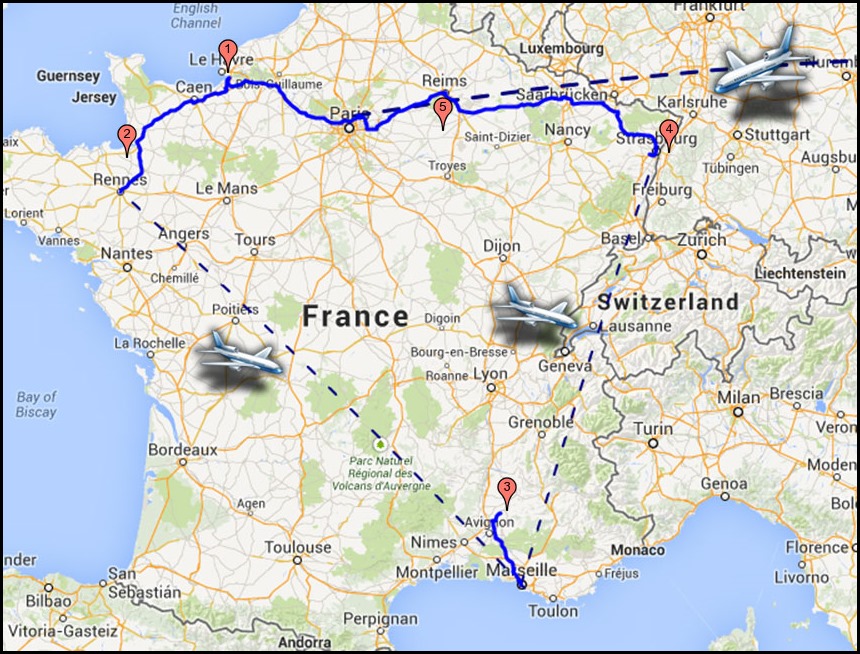La Vieille Auberge
http://www.visitdinan.co.uk/
La Vieille Auberge is believed to have been built in 1386, and is reputedly one of the oldest houses in Dinan.
The Master bedroom door has “1792” burnt into the top third. Although we cannot be sure of the significance, this was the year the Bretons joined forces with the Marsaillaise on their march to Paris. On the stone window sill in the upstairs sitting room, the name “Louis” is carved in what looks like 17th century script.
During the 1800’s to early 1900’s, the house functioned as a Cider House, and iron rings on the side wall of the Rue du Coignet were used by patrons to tie-up their horses.
La Vieille Auberge is listed as an Historic Building of the 14th Century, and escaped not only a major fire which swept through the city in the 1600’s (and explains why this house looks so much older than the other houses on the street), but also the events of WW II. Happily for Dinan, the US Army felt that the town was of enough historical importance to negotiate for its protection with the occupying German forces, thus preventing what would have been significant destruction of the town.
Dinan itself has a long and fascinating history. First settled by monks in the 9th century, it had by the 12th century become an important centre for trade. The river Rance was key to trading, and its elevated position, accessible only via the steep and well protected Rue du Petit Port made the town difficult to attack.
However, attacks were inevitable in the Middle Ages and Dinan was no exception. During the siege of 1357 the brother of an important knight, Bertrand Du Guesclin, was captured by the Englishman Thomas Canterbury. Negotiations to release his brother resulted in a man-to-man fight between Thomas and Bertrand. Bertrand came out on top, and was thereafter fêted as the hero of the town. His statue still stands in the town’s main square, and his heart is entombed in the church of St Sauveur.





